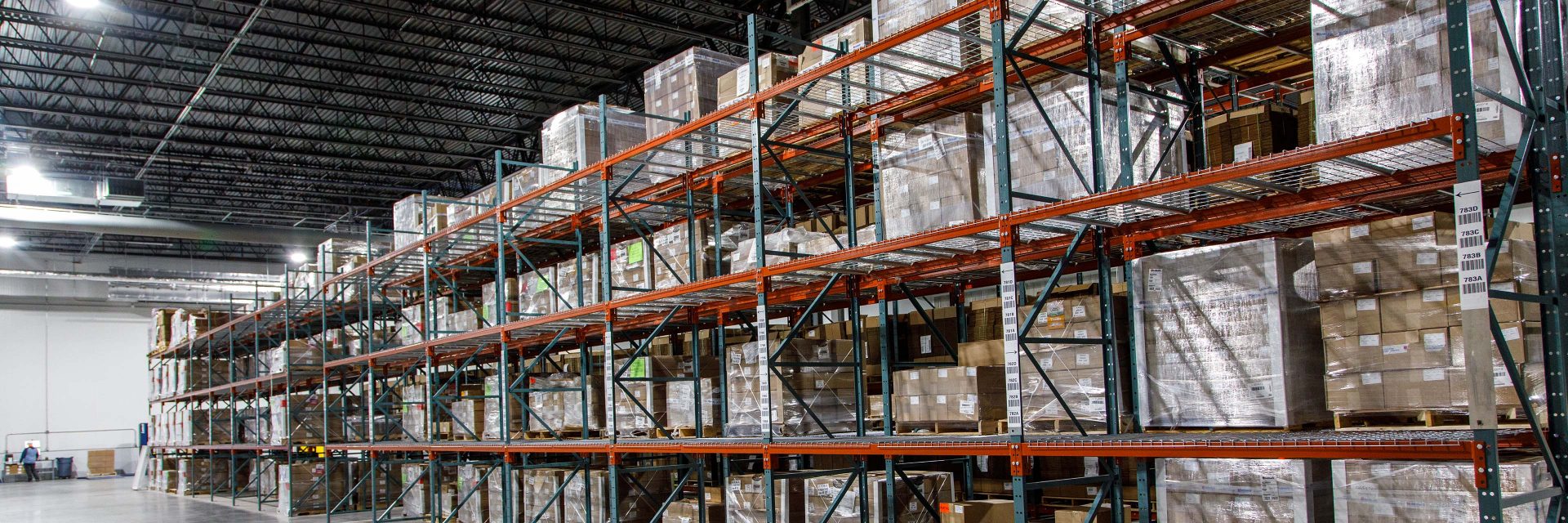3. Prevent over-ordering in your warehouse
Recently, we’ve seen the fragility of supply chains in multiple industries, including in pharmaceutical manufacturing and food production. The global nature of supply chains means that political instability, climate catastrophes, or an epidemic in a distant part of the world can have an impact on imports domestically. Such variability in lead times can leave warehouse managers guessing how to implement effective inventory controls, and it has driven a conservative planning strategy of increasing safety stocks to minimize the risk of shortages.
Excess inventory, however, might require additional storage space that otherwise could be repurposed in a more valuable way. And, if inventory levels increase beyond the warehouse capacity, you many need to expand a current site or secure offsite storage. The cost of additional space, the increased risk of material expiration, and the need for additional headcount to manage warehousing operations can all negatively impact profit margins.
We can leverage DES models to identify the probability of reaching peak inventory levels to mitigate the risks of over-ordering. Confidence levels are developed to provide insights into maximum modeled pallet occupancy, staging spaces, refrigerated/frozen storage, etc. For example, DES models can help a logistics manager predict a 98% chance that total pallet occupancy will not exceed ### pallets. These probabilistic forecasts, along with tracking of expired inventory, enable warehouse managers to develop inventory strategies that fit their company’s risk appetite.
Simulations provide data-driven inventory and risk profiles. These empower warehouse managers to maintain adequate safety stocks without across-the-board over-ordering, even in uncertain environments. It allows them to strike a balance between a conservative approach with the lean operations of a just-in-time warehouse.








